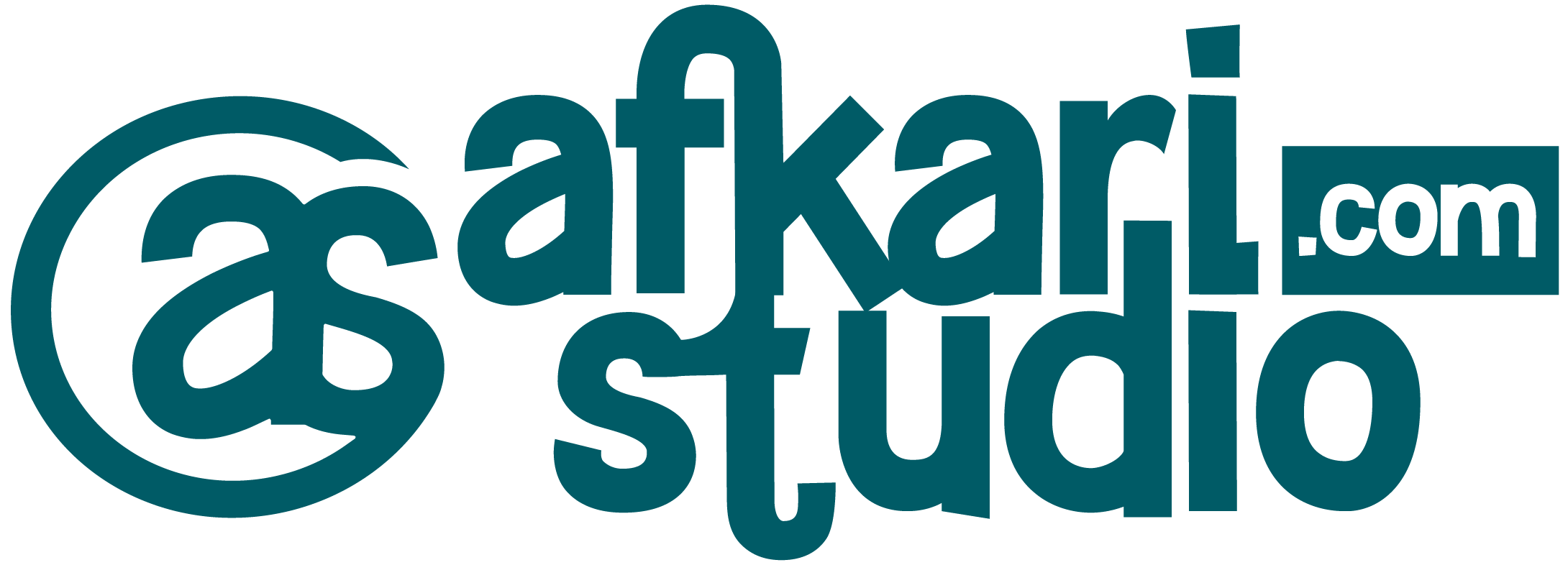Choosing a font for your brand is more than just picking something that looks “nice.” The right font tells your audience who you are before they read a single word. It’s a powerful element of visual identity that communicates tone, personality, and trust. In this guide, we’ll help you understand how to choose the perfect font for your brand — even if you’re not a designer.
Why Fonts Matter in Branding
Fonts are part of your brand’s visual language. Along with color, imagery, and layout, typography plays a key role in shaping how people perceive your business.
Think about these examples:
-
A law firm using Comic Sans? Instantly unprofessional.
-
A luxury skincare brand using a bold stencil font? Confusing.
-
A children’s toy store using Times New Roman? Too formal.
The right font creates instant emotional resonance. It builds consistency across your logo, website, packaging, social media, and marketing materials.
Step-by-Step Guide to Choosing the Right Font
1. Understand Your Brand Personality
Ask yourself:
“If my brand were a person, how would they speak?”
Some common brand personality traits:
| Trait | Font Style Suggestion |
|---|---|
| Elegant | Serif, High Contrast |
| Modern | Clean Sans Serif |
| Playful | Handwritten, Rounded Display |
| Strong & Bold | Heavy Display, All Caps |
| Friendly | Rounded Sans Serif |
| Minimalist | Thin Sans Serif, Light Fonts |
Define 3–5 words that describe your brand — these will guide your typography choices.
2. Know the Main Font Categories
Here are the five basic font categories and when to use them:
-
Serif Fonts (e.g., Times New Roman, Playfair Display)
Great for tradition, trust, and sophistication.
-
Sans Serif Fonts (e.g., Helvetica, Montserrat)
Clean, modern, and tech-friendly.
-
Script Fonts (e.g., Great Vibes, Pacifico, Amiline)
Feminine, elegant, personal — but use sparingly!
-
Display Fonts (e.g., Bebas Neue, Lobster)
Bold and expressive — ideal for logos or headings.
-
Monospaced Fonts (e.g., Courier, Space Mono)
Techy, retro, or utilitarian feel.
3. Think About Where the Font Will Be Used
A great font in a logo may not work well in body text. Ask these:
-
Is it readable at small sizes?
-
Will it look good on both web and print?
-
Is it available in bold/italic for variation?
-
Can it be used in Google Docs, Canva, or Adobe apps?
You may need a font pair — one for headings, one for body text.
Pro tip: Use free Google Fonts or licensed fonts from marketplaces like Creative Market or MyFonts for flexibility.
4. Check Competitors (But Don’t Copy Them)
Look at your competitors. What fonts are they using? Are they all using sleek sans serifs or bold scripts?
The goal is to stand out while staying in the lane of your industry. If all real estate brands are using geometric fonts, maybe a serif could help yours stand apart — while still feeling “professional.”
5. Test Your Font with Real Content
Don’t rely on “The quick brown fox jumps over the lazy dog.” Try this instead:
-
Your actual brand name
-
A sample tagline or headline
-
A short paragraph or button text
Look at the font in different scenarios:
-
Dark vs light backgrounds
-
Large vs small sizes
-
On mobile vs desktop
Font Pairing Tips
Pairing fonts is an art. Here’s a quick formula to get started:
-
Contrast styles: serif + sans serif
-
Keep it simple: Max 2 fonts per brand
-
Check hierarchy: Headline should be bolder/more distinctive than body text
Some popular Google Font pairings:
-
Playfair Display + Lato
-
Montserrat + Open Sans
-
Raleway + Roboto
Common Font Mistakes to Avoid
-
Using too many fonts in one design
-
Prioritizing style over readability
-
Choosing overused or default fonts (like Arial or Papyrus)
-
Ignoring licensing — always check font usage rights!
Your font is your silent brand ambassador. When chosen carefully, it builds trust, communicates values, and makes your brand instantly recognizable.
Don’t rush it. Try, test, and trust your instinct — or ask for feedback. Whether you’re building a luxury brand or launching a quirky coffee shop, the right font makes your brand speak even before words do.

